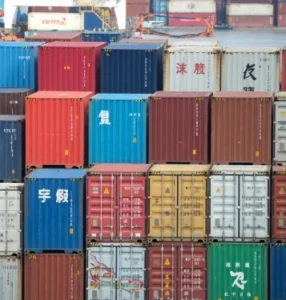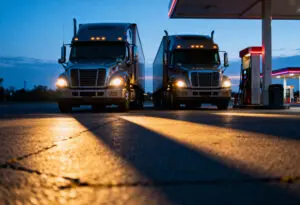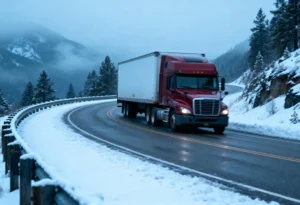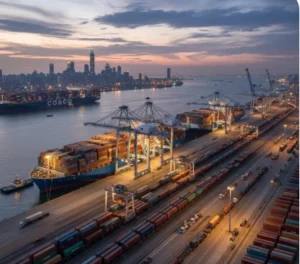How does fear sound? Can love be heard? Which vibrates higher, suffering or reason?
The American psychiatrist, Dr. David Hawkins, who holds degrees in medicine and philosophy, managed to measure the vibrations produced by different emotions and states. This study was presented in his doctoral thesis and validated by scientists in his field.
The Scale of Consciousness, as Hawkins named this range which he depicted in a chart, goes from 1 to 1,000 Hertz. To give an idea, 1 is the vibration of a bacterium and 1,000 the highest internal vibration of a human being. The vibrational frequencies were measured using muscle testing, resulting in a scale that makes it clear that feeling good sounds good.
Emotions perceived as “unpleasant” vibrated at very low frequencies, while “pleasant” ones greatly elevated the vibration level. Thus, this expert created the Map of Consciousness, detailing each emotion and its corresponding measurement.

This map has two levels: the Level of Physical Force and the Level of Spiritual Power. Here are the frequencies in the Level of Physical Force: shame (20), guilt (30), apathy (50), grief (75), fear (100); desire (125), anger (150), pride (175).
The Level of Spiritual Power “turned up the volume” of these frequencies, reaching up to the powerful 1,000. One by one: courage (200), neutrality (250), willingness (310), acceptance (350), reason (400), love (500), joy (540), peace (600), enlightenment (700-1000).
The average vibrational level, as detected by this expert, is 207 on the Scale. Moreover, almost 87% of the population falls within this frequency: between courage and neutrality. But the ideal level is 500 and above. How can it be improved?
All blockages, conflicts, negativities, and traumas lower a person’s vibrational level. However, resolving them, confronting ourselves, empowerment, love, and self-care raise this vibration. Music is a great ally. Which kind? Classical music, Tibetan bowls, instrumental music, Gregorian chants, opera, and the sounds of nature.

China and the Congressional Report That Sounded the Alarm for U.S. Transportation
A new Congressional report on China warns that Beijing’s global strategy poses direct risks to U.S. transportation, logistics and trucking. The document urges immediate action to protect supply chains, critical minerals and manufacturing.

AltLINE reveals: best rest areas and truck stops in the U.S.
AltLINE released an analysis of the best rest areas and truck stops across the United States to highlight the locations best rated by drivers. Last

Diesel Reliability in Cold Climates Act of 2025
New bill to authorize manufacturers to suspend engine power-reduction functions and engine shutdowns in diesel vehicles during periods of cold weather. A new bill is

Crash Responder Safety: A National Priority for America’s Highways
A Shared Road, A Shared Responsibility
Crash Responder Safety is more than a federal campaign — it’s a real-world issue that affects every trucker rolling down America’s highways. Quick-clearance techniques, better communication, stronger enforcement, data-driven crash prevention, and consistent “Move Over” behavior all contribute to safer roads for responders and for drivers behind the wheel of Class 8 equipment.
As USDOT continues to expand training and roll out new safety initiatives, the trucking community remains a critical partner. Protecting the people who protect us — and preventing crashes before they happen — is a mission shared by every responder, every agency, and every driver in the industry.

CDLs in Legal Limbo After Federal Court Freeze
The suspension of the new federal rule on CDLs has left thousands of immigrant drivers and state agencies without clear guidance — a situation made even more chaotic by the California scandal, where 17,000 commercial licenses were revoked after irregularities were uncovered. Together, these crises have pushed the nation’s licensing system into a regulatory limbo with direct consequences for the U.S. transportation industry.

The U.S. Leads Global Growth in Intermodal Transportation
Intermodal transportation is entering a decade of rapid worldwide expansion, driven by growing demand for logistics efficiency, mounting cost pressures, and the global shift toward more sustainable freight systems.
